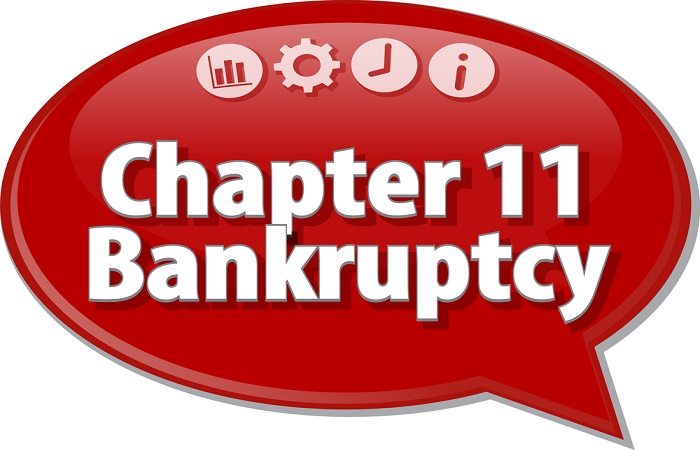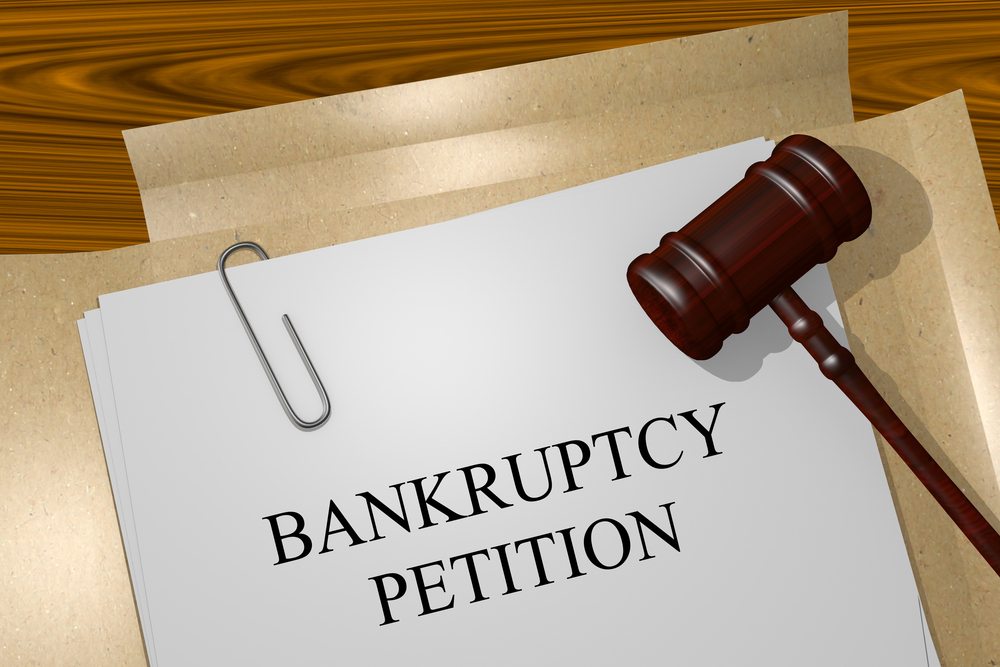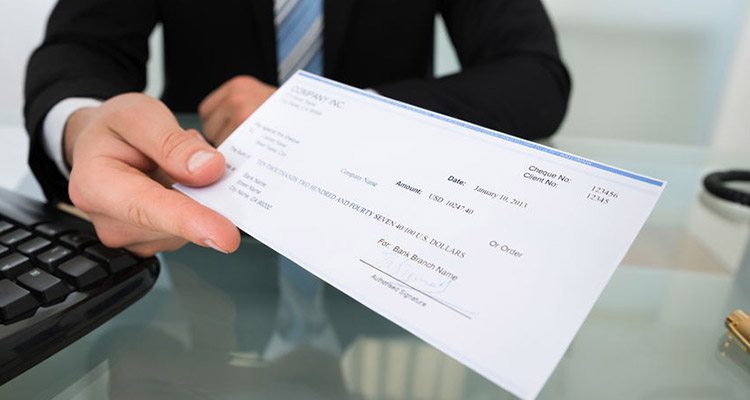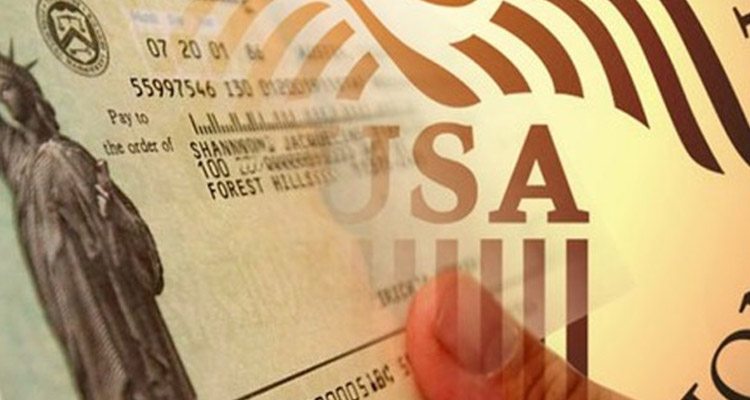Filing For Chapter 11 Bankruptcy And Reorganization Plan

Filing for bankruptcy can help a person or an organization by either discharging their debts or by creating a plan to pay off those debts. All bankruptcy cases are overseen by federal courts according to the US Bankruptcy Code. A Chapter 11 Bankruptcy is filed by corporations. This type of bankruptcy is also called reorganization bankruptcy as its focus is to help the business by re-structuring its debts so that it may continue to function rather than just liquidating its assets and shutting it down.
Some of the most well-known companies have at one time filed for a Chapter 11 bankruptcy, such as United Airlines, K-Mart, General Motors and many more.
Filing for Chapter 11 Bankruptcy
Since this type of bankruptcy filing is for an organization rather than an individual, the process of filing for bankruptcy is slightly different.
- The entire process begins when the corporation files for bankruptcy. This is called a voluntary petition. However, in a Chapter 11, even creditors can file for a Chapter 11 on behalf of the corporation. This is called involuntary petition.
- A list of documents need to be submitted along with the petition.
- A reorganization plan must also be submitted along with the petition and supporting documents
- The court fees have to be paid. These consist of
- $1,167 case-filing fee
- $550 miscellaneous administrative charges
These charges must be paid to the clerk at the court while filing the petition or may be paid in installments over a period of 120 days.

The Reorganization Plan
The reorganization plan may include:
- A plan on how to downsize the business to cut costs
- A plan on the re-negotiation of debts
- In extreme cases, the plan may also involve chalking out steps on liquidating all assets so that creditors may be repaid
If the plan is logical, fair and can be executed practically, then the courts will approve it and the process for Chapter 11 bankruptcy moves on.
If the debtor does not come forward with the plan, then creditors can do so. The plan must be in the interest of creditors and not the debtor.
Running a business while under a Chapter 11 bankruptcy
Business is expected to run as normal even under a Chapter 11 bankruptcy case. The debtor is now classified as a debtor in possession. However, if the bankruptcy case was filed due to gross incompetence or any form of dishonesty, then the court appoints a trustee to take over the running of the company during the course of the bankruptcy process.
During the time that a business is under a Chapter 11 bankruptcy proceeding, it cannot make certain decisions without prior permission from the courts. Some of these are:
- Selling assets besides inventory
- Initiating or closing a rental agreement
- Expanding or closing down business operations
- Entering contracts with vendors and/or unions
- Retaining/paying attorneys
- The debtor is not allowed to be a part of the arrangement of a loan that will be initiated after the bankruptcy process is complete.
Debtor in Possession
According to Section 1107 of the Bankruptcy Code, the debtor in possession is now given the position of a fiduciary, where he/she/it is required to perform all but the investigative duties of a trustee. This person/organization is now expected to act in the best interests of the creditors and ensure that there is no conflict of interest created.
Chapter 11 bankruptcy is the most complicated of all bankruptcy types and needs to be handled with care. It is not something that should be taken lightly.











